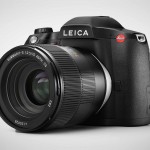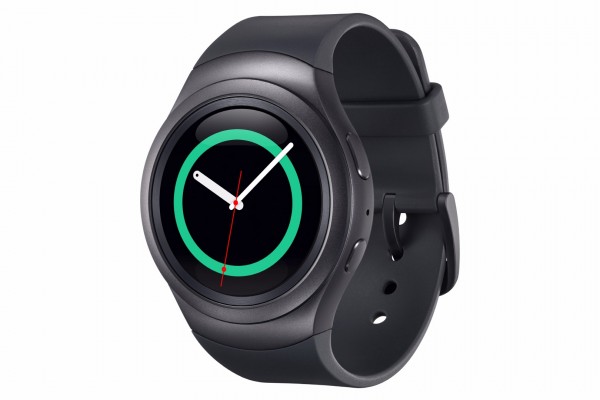
Preparing for a run used to be a simple task of lacing up your shoes and taking off. Okay, maybe with a little MP3 player in your pocket for some music.
Today, you get a wide choice of gadgets that not only pipe music to your ears but also track everything from pace and distance to heart rate. How do you pick a fitness band from a smartwatch?
Here’s a look at the pros and cons of each type of running companion.
A smartphone
Perhaps the most common fitness gadget today simply because of its ubiquity, a smartphone is useful because it has everything integrated. Especially so, if you have a recent model with health sensors, like one from Samsung or Apple.
Even if you don’t, powerful apps such as Endomondo let you easily track your runs and monitor progress. During your runs, they also provide constant updates if you are plugged in via a pair of headphones.
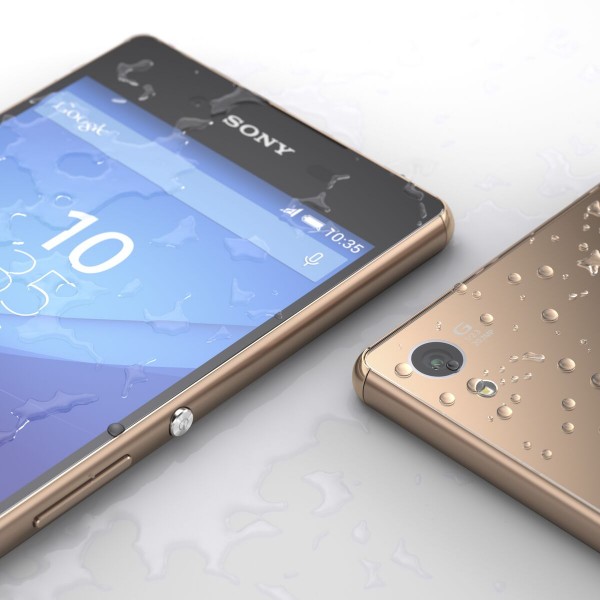
The downsides are bulk and weight. Unless you have a petite model, today’s smartphones with 5.5- and 6-inch screens aren’t the prettiest – or handiest – to carry around.
Okay, you can strap one around your arm, but its size could look a little over the top. As a friend told me, he could imagine Eye of the Tiger playing whenever he sees someone run past with a huge phone on his arm…
A connected music player
You could go the opposite direction and run with a lightweight music player that provides some basic functions. The Apple iPod nano is what I’m using for my runs now.
The upside is that it’s extremely light and doesn’t weigh down at all when slipped into a pocket. Plus, it’s got a 2.5-inch touch screen and supports Bluetooth to hook up to wireless earphones.
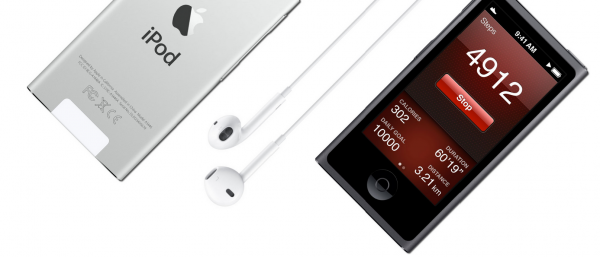
When it comes to tracking, the iPod nano is limited to a pedometer, which isn’t the most accurate out there on its own.
I know because my regular 4km runs end up being recorded as 5km. The iPod nano works better if you use a Nike+ sensor with compatible Nike shoes.
Also, make sure you charge up the device for long jogs. With Bluetooth turned on, it can run out of juice after a few hours.
A fitness band
A fitness tracker worn on your wrist, like a Fitbit Charge HR or a Strivv Touch, would let you monitor your runs easily and with minimal fuss.
Lightweight and usually waterproof, they provide just the most important information on the screen during runs. The Charge HR shows your heart rate, for example, which gives you a quick gauge of how hard you’re pushing yourself.
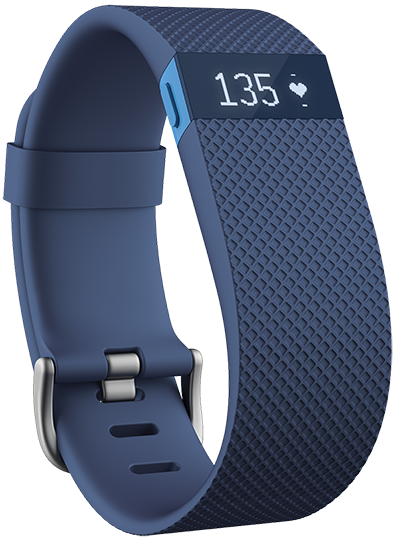
Yet another big plus is that these bands continue to track your daily routine, including walking to the train station, even if you are not working out. However, to see all the information such as your previous workouts, you still need a smartphone or PC.
A smart watch (or a fitness watch)
The latest generation of smart watches, such as those sporting Google’s Android Wear, offer the usual tracking of distance and heart rate. You can take your pick from a number of models, such as LG’s G Watch R.
If you want something more, like a built-in music player, Samsung’s Gear S2 using the company’s own Tizen OS lets you enjoy your tunes on the go as well. So there’s no need for another music player.
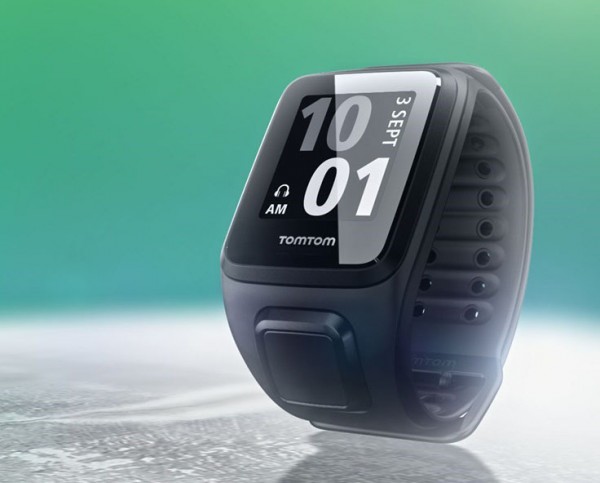
If you prefer something more fitness-oriented, or more of a good, old-fashioned running watch, then TomTom’s upcoming Spark watch may be your cup of tea.
Not only does it come with the accurate tracking known that the company is known for, it also plays back music via Bluetooth.
Of course, if you want a pure, rugged fitness watch, then Garmin’s Fenix range will already be familiar to you. The recent Fenix 3 is the top-end model, but the older, more affordable Fenix 2 is good too for serious athletes.
Smart headphones
Finally, let’s not forget headphones that integrate fitness tracking functions. If you don’t need a screen, then Sony’s Smart B-Trainer is the thing for you.
This is essentially an all-in-one headphone unit that includes a number of sensors to measure the distance run and your heart rate (via your ears). Plus, it plays back music stored on its 16GB of built-in memory.
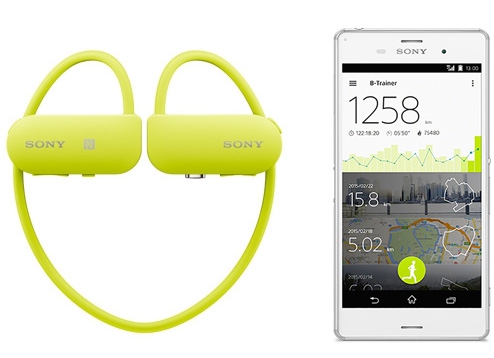
The voice prompts are very handy, especially in telling you how hard you are pushing yourself (via heart rate reports) and how far you have run. It is also surprisingly easy to use (read our review).
The downside is that is it is not the lightest thing on your ears. Though it isn’t so heavy as to feel uncomfortable, it is not everyone’s cup of tea. Some runners might prefer to have a watch instead.
Summing up
Will all these gadgets distract rather than encourage you to run more? For folks looking to get off the couch, they certainly help.
Plus, what better encouragement do you need than to see yourself improving your distance and time over weeks or months? Just make sure you pick a gadget that is comfortable and practical and ultimately makes your runs more enjoyable!
